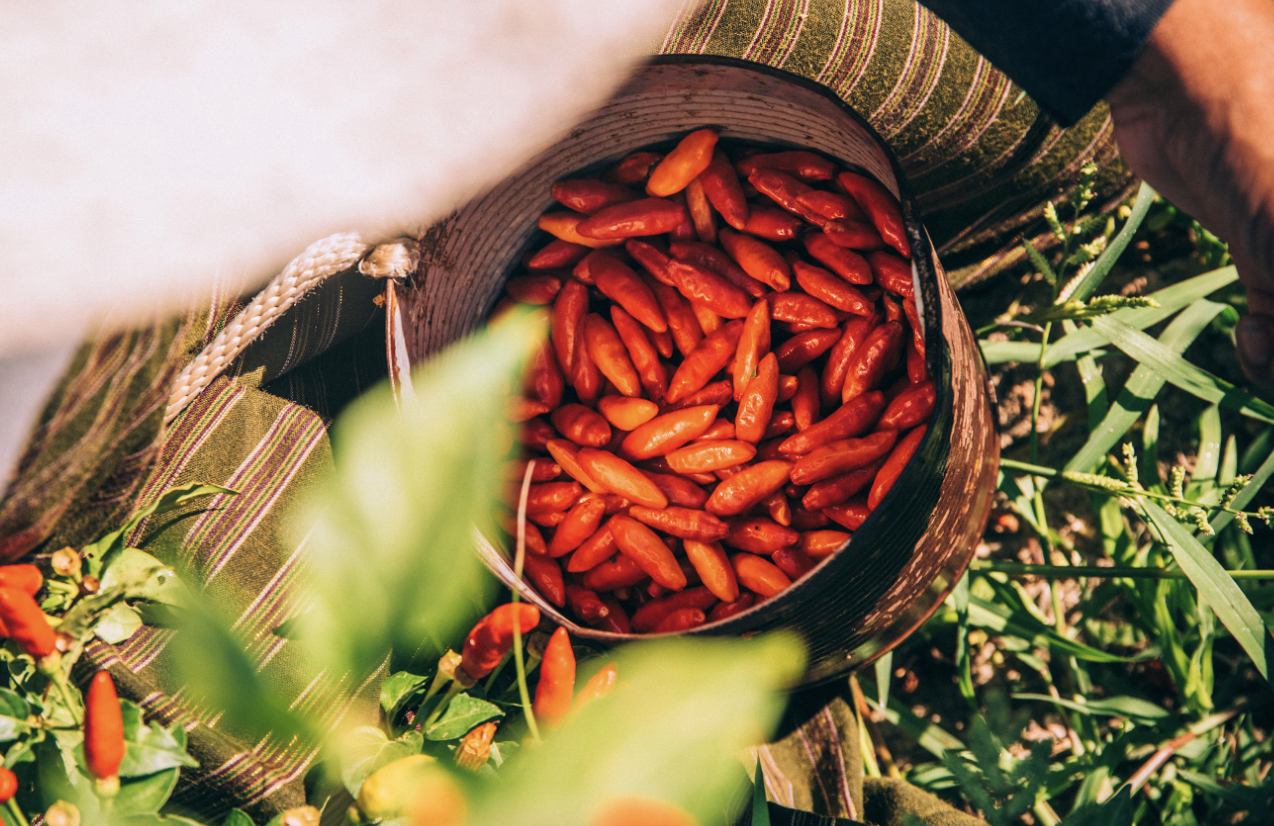From the Carolina Reaper to the Ghost to the Naga Viper, peppers are hot topics these days. And the quirky hot sauces they spawn, with names like Hotter Than El Ghost, The Last Dab and Ass Reaper, can be fun to trick your friends with, and sometimes even eat.
But just like the peppers that inspire them, their time in the spotlight — and on grocery-store shelves — tends to come and go in a flash. Unless you’re talking about Tabasco, which has been produced by the McIlhenny Company in southern Louisiana for nearly 150 years, ever since founder Edmund McIlhenny decided to create a pepper sauce to give the bland food of the Reconstruction South a much-needed kick of flavor and spice.

Though the brand traces its history all the way back to 1868, Tabasco’s Original Red Pepper sauce is today joined in the company’s Family of Flavors by only seven other Tabasco varieties. The company is somewhat conservative when it comes to green-lighting the spicy sauce varieties bearing the iconic Tabasco name, which are sold in more than 195 countries in bottles labeled in 36 languages and dialects.
“We try to keep things simple with just a few ingredients — and you should be able to pronounce them all,” McIlhenny Company CEO Harold Osborn tells InsideHook. “Our Original Red Pepper is just three simple ingredients. That’s why all of our other sauces fall in line with that. It’s about trying to make food taste better and not trying to add too much salt, pepper or even too much tabasco pepper … if there is such a thing. We’re trying to enhance the flavor of food and deliver on what we believe the brand represents. We tend to be a little bit slow to market because of that. Everything we do is simple and we like it that way.”

But it’s important not to confuse simple with boring.
“We are willing to take risks if we see something that we really like,” Osborn, a fifth-generation member of the McIlhenny family, says. “We don’t worry about whether something is trendy or not. Trends and fads can be an inspiration, but that doesn’t really guide us. We think if we play with something and make it right, and it’s relevant to the consumer out there, they’ll tell us whether it’s good or bad. Part of being willing to innovate means being willing to fail.”
One product the Tabasco team took a risk with was the Scorpion Sauce the brand released in 2017. Ten times hotter than Tabasco’s original offering, the sauce is made from scorpion peppers, guava, pineapple and a few other ingredients. Though the team liked the flavor of the sauce and wanted it to be spicy, there was some concern during the development of Scorpion Sauce that it was simply too hot for most people to handle.
“We thought, ‘Is it just the lunatic fringe that it is going to like this?’ We put it out, but we didn’t make a whole lot and didn’t even really announce it,” Osborn says. “Then, we sold out of everything we had in two hours. One guy used an ounce of it in five gallons of gumbo, which is a lot, and he said it was spicy enough. Down here, gumbo is something we don’t mess with. If he was willing to put something new in his gumbo and liked it, that was a good sign. It was like a flag went up that said, ‘Hey, this could be something. This could be good.’”

The happy home gumbo chef was a member of an internal sensory group of employees who are interested in food that Tabasco uses to taste test new or potential products. In some cases, as with the gumbo chef, the sensory testing process includes taking home a prospective product to experiment with on homemade meals for a week or so.
“They go through pretty extensive training about how to articulate taste,” Osborn says. “Once a week they’ll meet and try something and they have to describe as well as explain it. The keeps them up to date on different flavors. We also want to keep them interested and excited in the innovation process. The one thing we don’t ask them is, ‘How’s the heat level?’ We really encourage everyone to like and eat spicy food. If you work for Tabasco, you get a free bottle of sauce every time you get your paycheck.”
As Osborn notes and is exemplified by the release of Scorpion Sauce in ’17, those bottles have gotten progressively hotter over time.
“We used to be considered really hot for most cuisines and now we’re more mainstream. So, we figured we had to fill that heat-level gap up,” he says. “The purpose is to have flavor, not to burn. Our sauces have gotten hotter with time because that’s what the consumer demands. Sometimes we’ll put something out, and they’ll say, ‘This is nowhere near hot enough. If I buy something with Tabasco, I expect spice.’ We have to make sure we deliver that.”
If you haven’t, test out a bit of the Scorpion Sauce. Mission accomplished.
Join America's Fastest Growing Spirits Newsletter THE SPILL. Unlock all the reviews, recipes and revelry — and get 15% off award-winning La Tierra de Acre Mezcal.
























